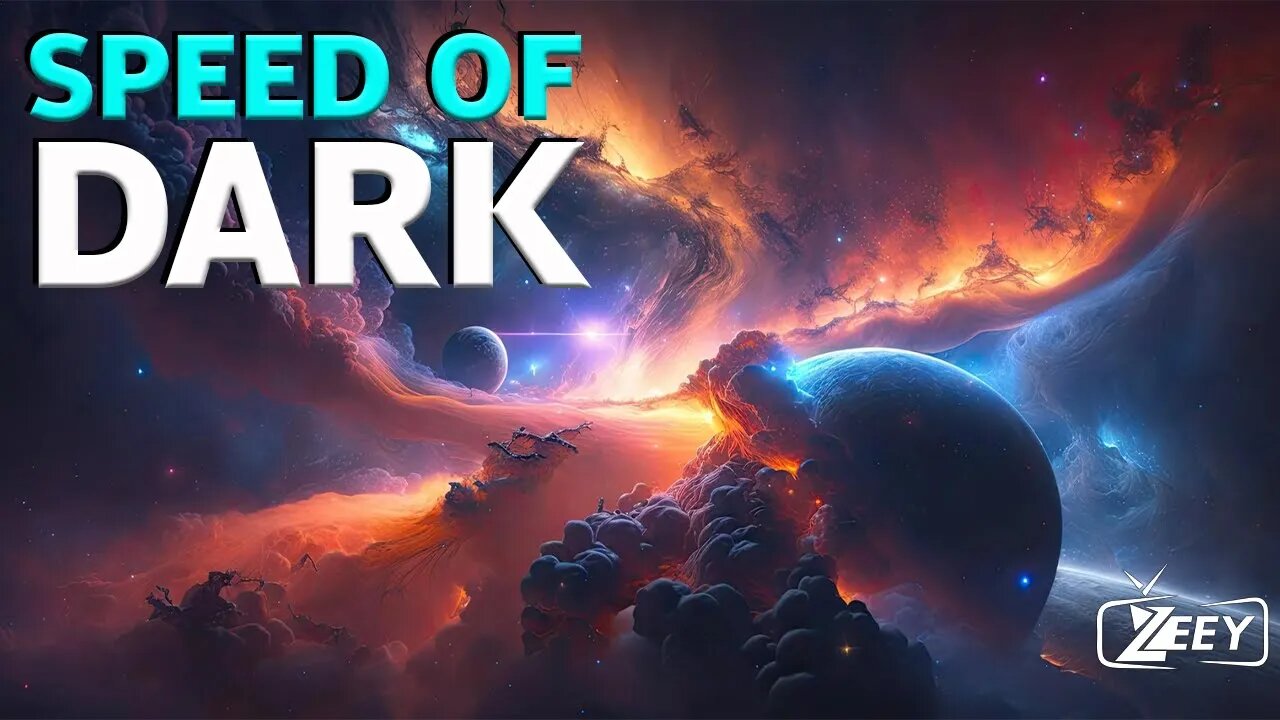Premium Only Content

WHAT IS THE SPEED OF DARK? DOES IT EVEN EXIST?
The concept of the "speed of dark" is an intriguing and thought-provoking idea often used in a metaphorical sense rather than a scientific one. In physics, darkness does not have a literal speed, as it is not a physical entity that can move through space like light or matter. Instead, darkness is the absence of light, and its perception is dependent on the presence or absence of photons—the particles that make up light.
When we talk about the speed of light, we refer to the rate at which light travels through a vacuum, which is approximately 299,792 kilometers per second (about 186,282 miles per second) in a vacuum. This is considered the maximum speed in the universe according to Einstein's theory of special relativity.
Darkness, on the other hand, is the absence of photons or the absence of visible light. It occurs when no light is present or when light is blocked or absorbed by objects or materials. Darkness spreads or recedes not because it has a speed of its own, but rather due to changes in the presence or movement of light sources or obstacles that block light.
So, in a scientific context, darkness doesn't have a speed, but it's a state of absence of light. However, philosophically or metaphorically, the concept of the "speed of dark" can be a fascinating and evocative idea, prompting us to explore the boundaries of perception, reality, and the mysteries of the universe.
#SpeedOfDark #DarknessMystery #BeyondTheLight #ExploringPerception #UnveilingTheUnknown #DarknessInFocus #LightAndDark #CosmicMetaphor #DarknessUnraveled #IntriguingConcept #BeyondTheVisible #CosmicMysteries #MetaphysicalWonder #PhysicsAndPerception #ChasingShadows #CosmicEnigma #PerceptionOfReality #UnseenUniverse #BeyondTheVoid #EternalDarkness
-
 9:55
9:55
MattMorseTV
14 hours ago $8.11 earnedTheir ENTIRE PLOT just got EXPOSED.
6.14K57 -
 1:55
1:55
Dr Disrespect
2 days agoPeak Focus. No Crash. This Is KENETIK
2.55K7 -
 2:06:36
2:06:36
Side Scrollers Podcast
15 hours agoThis is the Dumbest Story We’ve Ever Covered… | Side Scrollers
61.9K15 -
 15:37
15:37
The Pascal Show
14 hours ago $0.03 earnedCANDACE OWENS DISAPPEARS?! Candace Owens Goes Into Hiding After Revealing A**assination Claims
37 -
 18:05
18:05
GritsGG
1 day agoThis Duo Lobby Got a Little Spicy! We Have Over 20,000 Wins Combined!
17.3K -
 1:12:29
1:12:29
PandaSub2000
3 days agoSonic Galactic | GAME ON...ly! (Edited Replay)
13.1K3 -
 LIVE
LIVE
Lofi Girl
3 years agolofi hip hop radio 📚 - beats to relax/study to
202 watching -
 21:23
21:23
Neil McCoy-Ward
15 hours ago🚨 While You Were Distracted TODAY... (This Quietly Happened!!!)
6356 -
 6:09:42
6:09:42
SpartakusLIVE
7 hours agoLIVE from OCEAN FRONT || ENERGIZED Wins and TOXIC Comms
238K14 -
 1:35:45
1:35:45
Tucker Carlson
7 hours agoTucker Puts Piers Morgan’s Views on Free Speech to the Ultimate Test
49.6K244